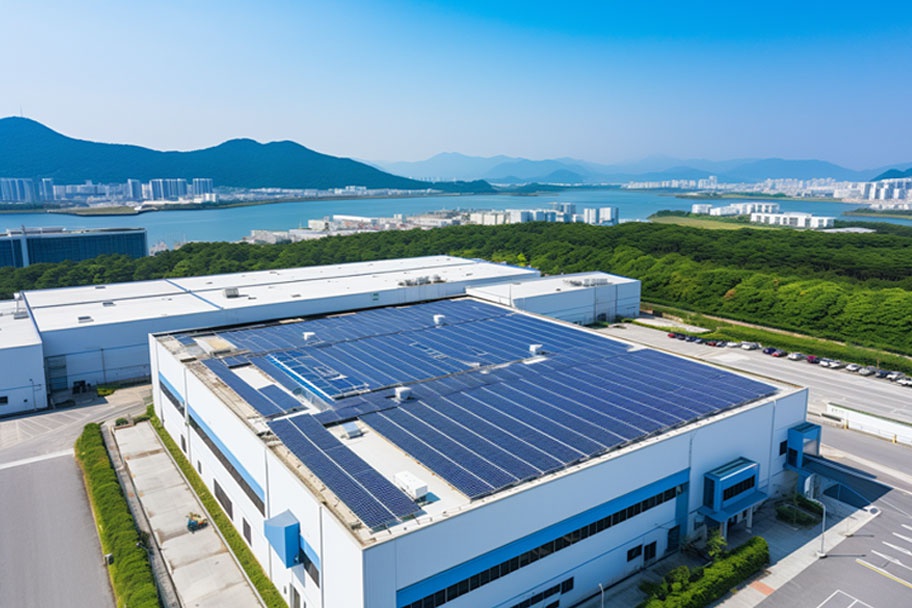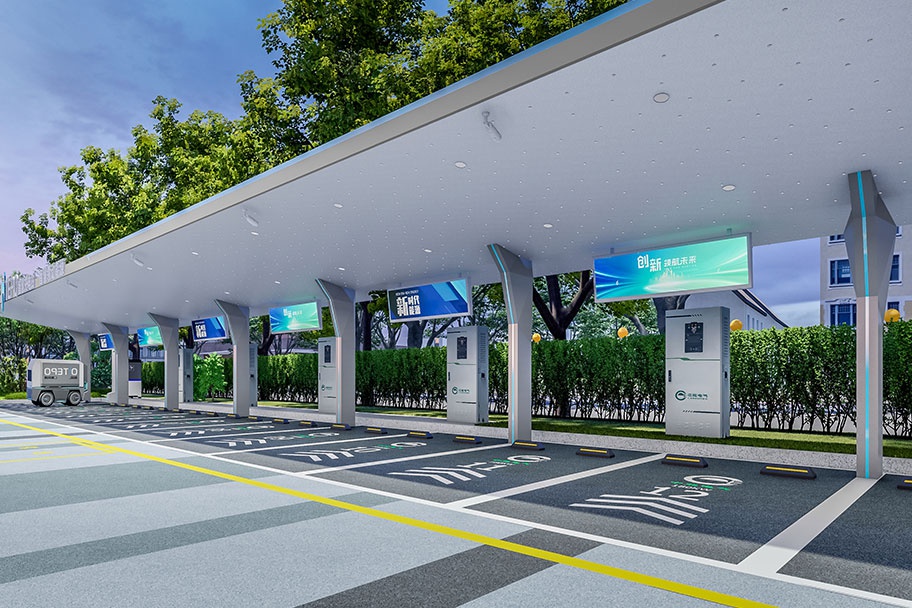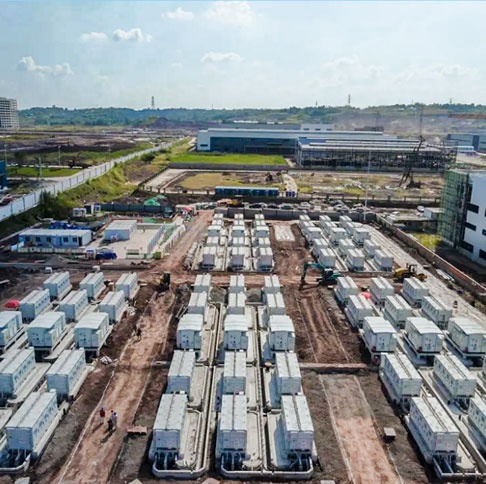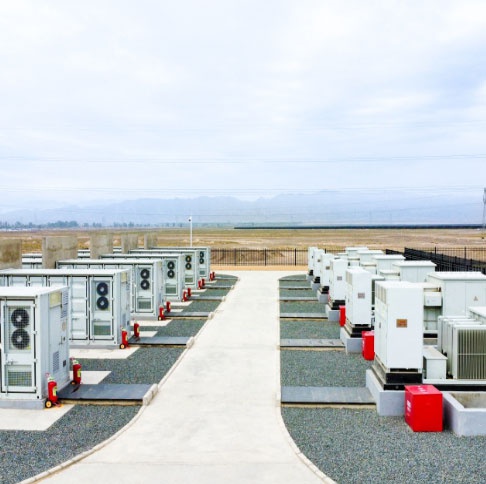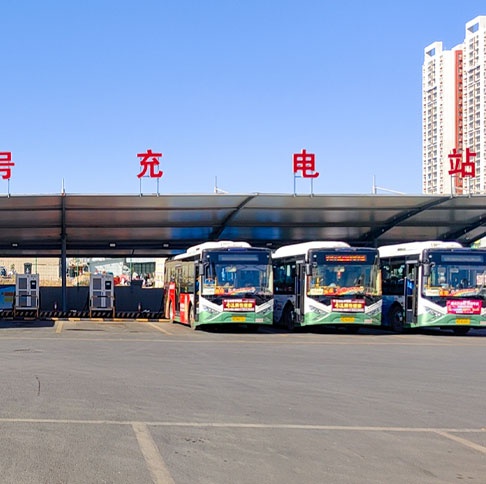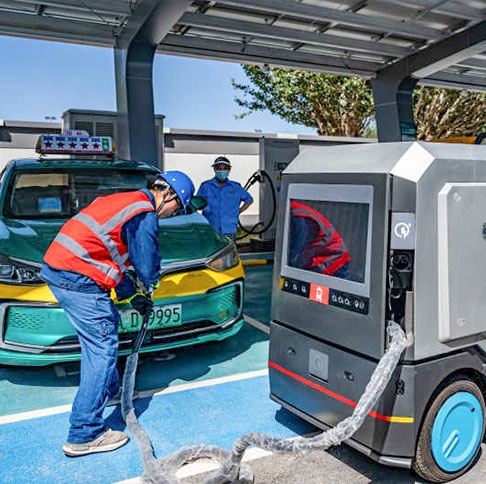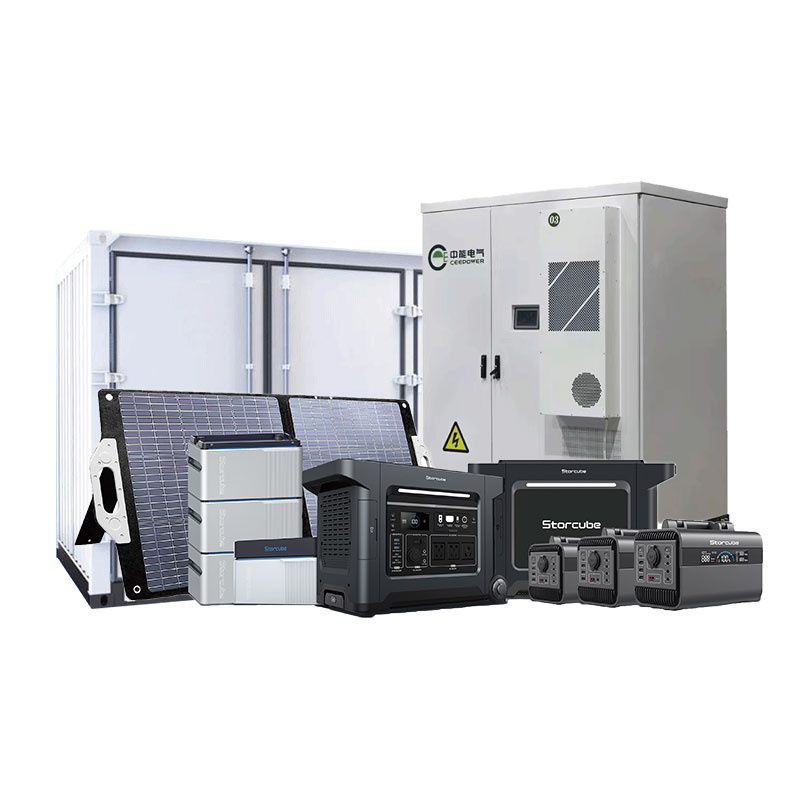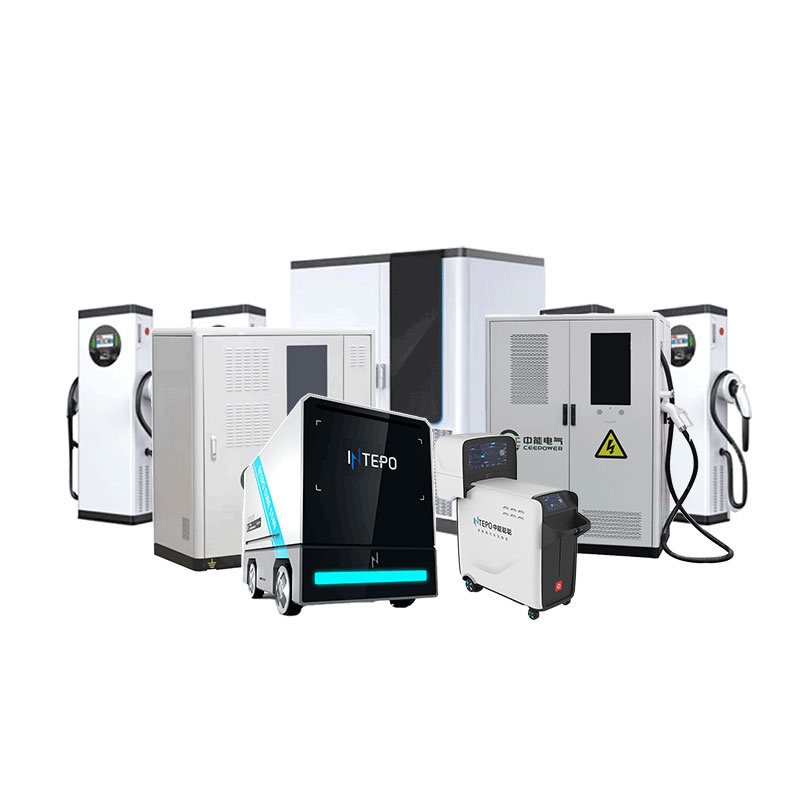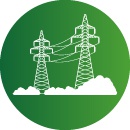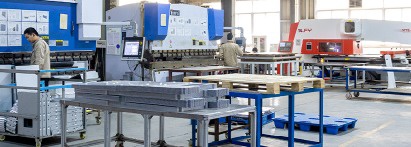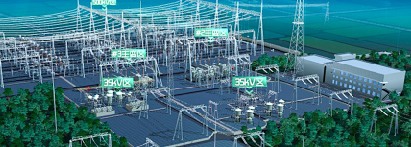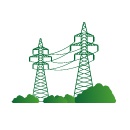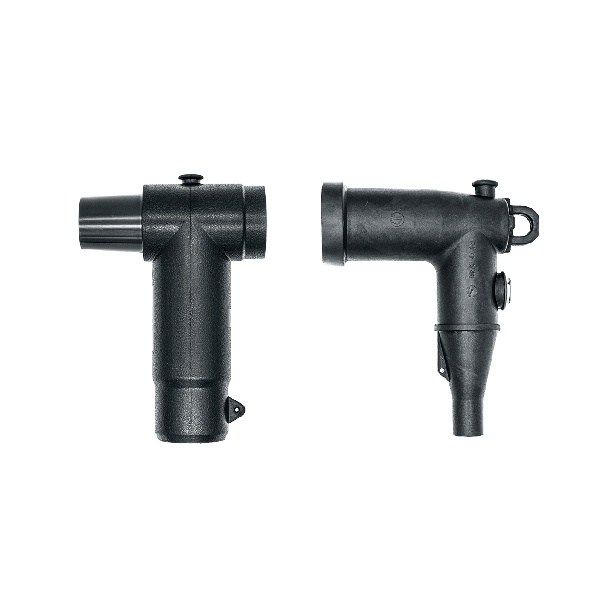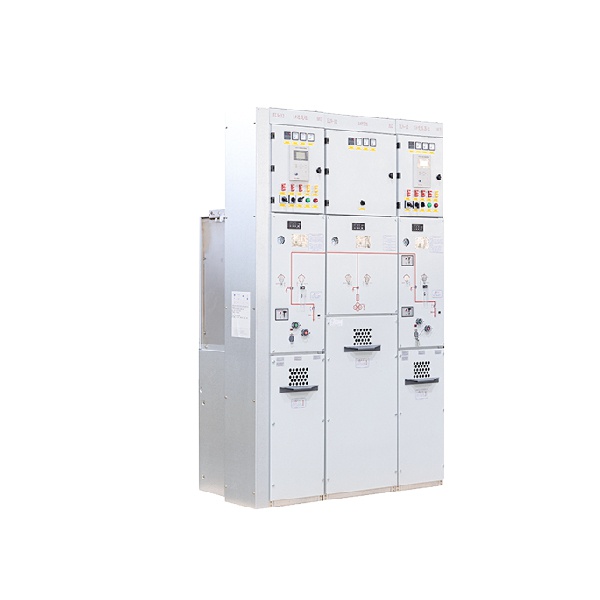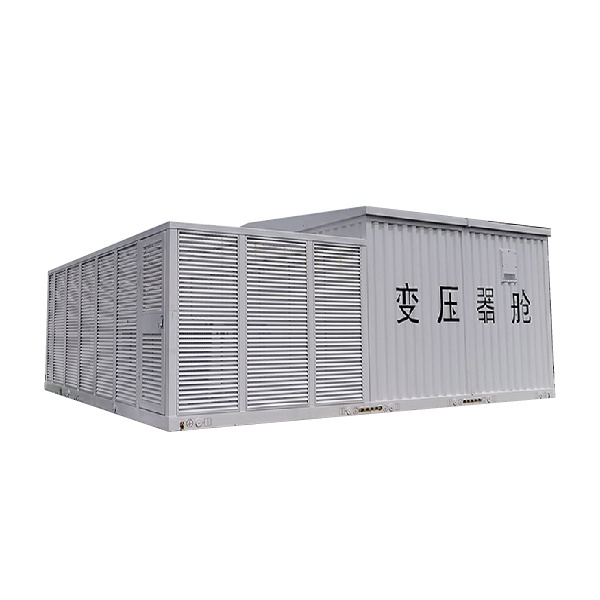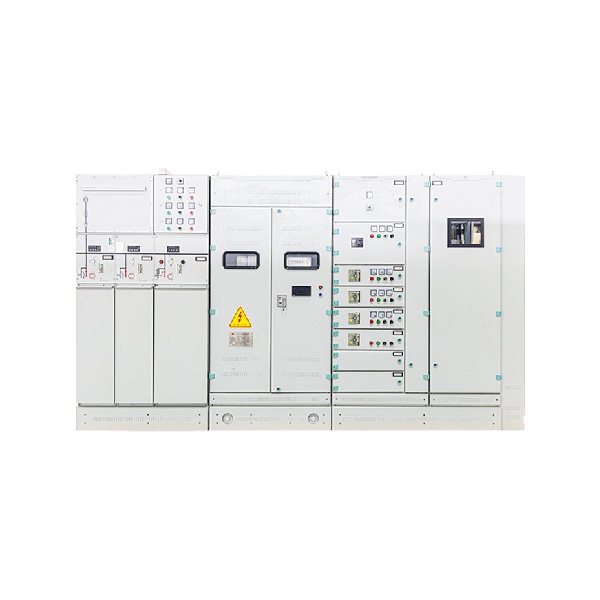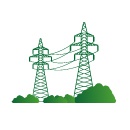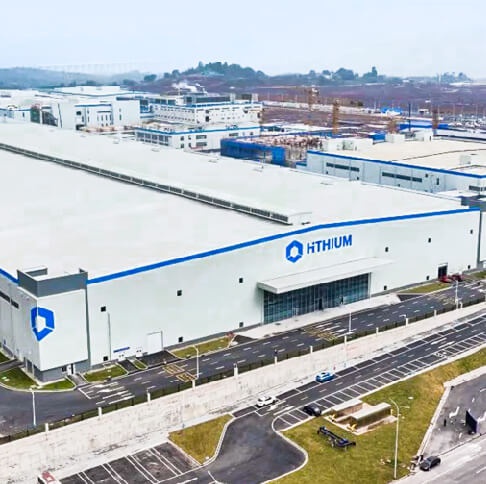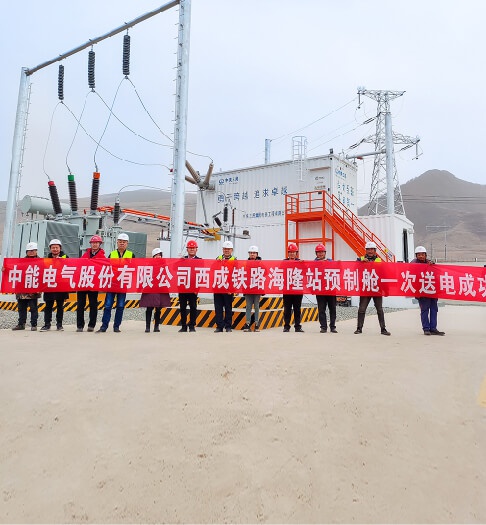1. Comparison of three battery technology potentials
So far, there are 3 technical routes, PERC battery is the most mainstream technical route accounting for 90% or more, and TOPCon and HJT are both on the rise.
Maximum theoretical efficiency:
PERC battery is 24.5%;
TOPCon is divided into two types, one is single-sided (only the back surface is made of polysilicon passivation) 27.1%, and double-sided TOPCon (the front surface is also made of polysilicon) 28.7%;
HJT double-sided 28.5%.
Maximum laboratory efficiency:
PERC is 24%;
TOPCon is 26%, which is the record of a laboratory with a small area of 4 cm in Germany. From a large area, the highest commercialization efficiency of Jinko is 25.4%;
HJT is LONGi M6 commercialization reached 26.3%.
Nominal efficiency of the production line (for the production line's own publicity report, some factors may not be considered):
PERC is 23%; TOPCon is 24.5%; HJT is 24.5%.
According to the power of components in the market, sometimes it is said that the test efficiency is very high, but the power of the components is not very high. One possibility is that the CTM is low and the efficiency is falsely high.
If we infer the battery efficiency from CTM=100%, and look at 72 pieces of M6 batteries, silicon wafers of different sizes are not the same, PERC is 22.8%, TOPCon is 23.71%, and HJT is 24.06%. In fact, it really reflects the reality from the component side observation efficiency.
Yield rate of production line: TOPCon is 98.5%, and the difference in the broadcasts of various companies is relatively large, ranging from 90-95%; HJT is about 98%.
Number of processes: PERC is 11 processes; TOPCon is 12 processes; HJT is 7 processes, and conventional is 5 processes. If it is done well, plus pre-cleaning and gettering, it will be 7 processes.
Sheet suitability:
PERC is 160-180μm, and large-size silicon wafers are 182/210 or 170-180μm. The small size can reach 160μm;
TOPCon is very similar to PERC, 160-180μm;
HJT has a large-scale application of 150 μm, and it is no problem to achieve 130 μm. Some companies have announced that it is more challenging to reach 120 μm, but the manipulator will adapt after improvement in the future.
Wafer size: all are full size, just according to market demand. It is very difficult for TOPCon to achieve 210 because there are too many high-temperature processes.
Compatibility: TOPCon and PERC compatibility are mainly compatible, that is, adding two or three devices. HJT is basically incompatible.
Equipment investment: PERC is 180 million/GW, TOPCon is 250 million/GW, and HJT is 350 million/GW.
Module price: PERC on the market is based on 100%, TOPCon has a 5% premium, and HJT has a 10% premium.
Technical scalability:
At this stage, double-sided PERC and TOPCon can industrialize single-sided PERC. We follow the strict CTM100, mainly between 23.7% and 24%;
The mass production of double-sided amorphous HJT is 24.3%, and the reverse equivalent efficiency is about 24%. In the next stage, HJT2.0 can reach 25%, 3.0 to 25.5%.
Some enterprises in TOPCon claim 24.5% this year, 25% next year, and 25.5% the year after. From a technical point of view, improving efficiency is not achieved by accumulating efficiency on the production line, but by technical design.
TOPCon wants to improve further. If it is only passivated on the back surface, it is relatively difficult. It is possible to passivate both sides, and the front surface of the double-sided passivation must also be thicker. The idea is to make the front surface very thin and use ITO after the conductivity is poor. The metal paste will not be burned in, and double-sided passivation can be further performed. The so-called POLO battery is not successful overseas, and it is made by research institutes in the Netherlands or Germany. , the highest efficiency is only 22.5%.
Another possibility is that after passivation is done on the back, the front surface is partially passivated, and the reason why the whole surface is not passivated is that if the polysilicon is thick, there will be a relatively large loss, and the light absorption loss is very large. The places without electrodes need to be removed, and the places with electrodes that are not exposed to light can be made. It is very difficult to make a local polysilicon passivation film. So far, no such cells have been produced in any laboratory or pilot test line.
This is just a design, and the model sample has not come out, so it is impossible to verify what state it is made in. Now only the efficiency improvement path of HJT technology development is the clearest.
I would like to remind one point that according to the results published by LONGi in 2021, polycrystalline passivation is used on both sides of TOPCon, which is 28.7%. If only the back surface is passivated, and the other surface is P+ electrodes, only 27.1%. The single-sided theoretical limit efficiency is lower than 28.7%.
Why the efficiency of Longji’s publication is higher than that of Germany, because Longji’s new publication is based on the decrease of contact resistance caused by his own 25.1% new passivation film mechanism, which improves the theoretical efficiency.
Now focus on the HJT technology route, the three HJT technology routes, this one is all amorphous, 24.3%, and has been mass-produced.
The single-sided microcrystalline (microcrystalline silicon dioxide on the front surface) is 25%, all of which have been pilot tested.
The implementation of industrialization is 100% HJT2.0. The preliminary result of Huasheng is that the efficiency can be increased to 25.5%-25.6%, and there is still room for improvement, because it is still in the beginning of debugging.
This year's industry expectations are obvious. By the end of the year, the HJT efficiency will be 25%, and Tongwei and other enterprises have transformed their original production lines into HJT2.0.
HJT3.0 is to make nanocrystalline silicon on the back surface, which is more difficult but can be implemented in the laboratory. Huasheng is working on this aspect and introduces HJT on the test line to make microcrystalline silicon on the back surface.
TOPCon is also doing well in 2021. Not only is the German 4cm small chip constantly setting records, but it is also constantly innovating on domestic large-area commercial silicon wafers. Jolywood and Jinko also broke the world record for large-area efficiency, reaching 25.4%.
In 2021, there will indeed be great progress in TOPCon battery technology. The main current has increased obviously, but we said that there is a problem with TOPCon. If only one side is made, it is a design made by the Germans in the report, but the N-type silicon wafers are actually these two. In China, TOPCon started the industry. However, the POLO quadratic back-junction technology is the N-type double-sided TOPCon. The theoretical efficiency is relatively high, but the process of making it is very difficult. It is only a hypothesis, and there is no laboratory result.
If this is done on the production line, the efficiency will be further improved, which will be very difficult and will further increase the cost.
From PERC to January 2019, LONGi broke the new world record of 24.06% at that time, and did not set a new world record in the next 4 years, which shows that this kind of battery is in a bottleneck, and the theoretical efficiency is only 24.5%. In fact, the efficiency of 24.0% has already been tested in the laboratory. A lot of work has been done, and the current production line is only about 23%, which shows that there is not much room for improvement in PERC batteries.
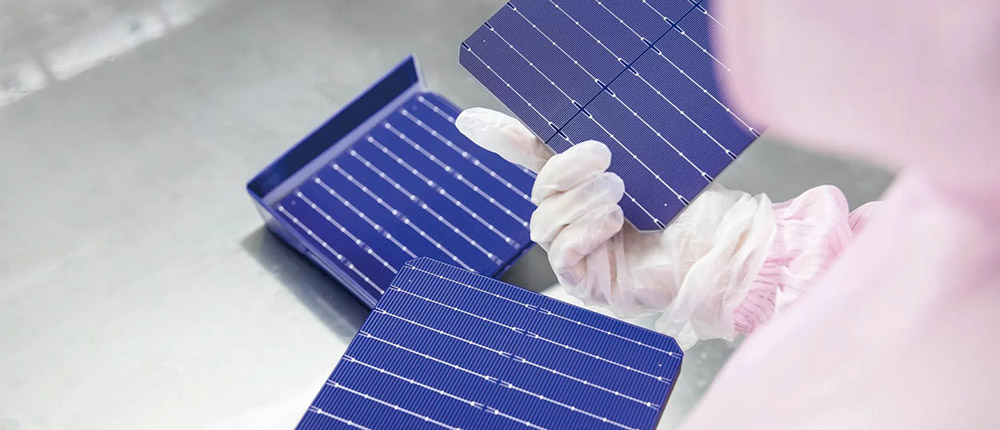
2. Technical difficulties of the three types of batteries
Technical difficulties:
10/11 steps in the PERC process, such as two lasers, one phosphorus expansion, and double-sided coating;
TOPCon adds silicon dioxide and polysilicon plating process, and boron expansion is required in the front, but there is no laser opening, and there is wet method;
In fact, HJT only starts from cleaning, double-sided plating of microcrystalline silicon or amorphous silicon, then ITO, and then silk screen sintering. It used to be very simple, only 4 steps, but now silicon wafers still need gettering. It used to be a low temperature process. into 8 steps.
In fact, many companies in TOPCon don’t say much about it. The first difficulty is boron expansion, and the second is LPCVD. Single-side plating and back-winding plating are more serious, and the yield rate is not high.
This problem is basically solved after double-sided expansion, but there are still many problems in LPCVD. The tube wall is plated very quickly. 150nm things are made of 10 furnaces of 1.5um, and the tube wall is quickly plated on the tube wall. The tube wall needs to be cleaned frequently, but the low-pressure process The LPCVD needs to be laminated, requires thick quartz tubes, and needs to be cleaned at the same time, which is a relatively big problem.
Now double casing is used, the outside is laminated, and the inside is coated with the layer of film. It is often taken out for cleaning. Although this is better, it takes some procedures. The so-called operating rate will be affected because maintenance is required.
The actual expansion of boron itself is a difficult thing. The process steps are relatively long, resulting in relatively large yield loss, and there are some potential problems that may cause yield and production line fluctuations, diffusion burn-through and silver paste burn-through polysilicon film, resulting in passivation damage, and high-temperature processes that cause silicon wafers damage;
One of the difficulties of HJT is that PECVD maintains purification, which is required to be close to the semiconductor process, and the purity requirements are stricter than before TOPCon diffusion. After HJT2.0 and 3.0, because the hydrogen dilution rate increases, the deposition rate needs to be accelerated, and high frequency is introduced, which will lead to uniformity. sex decline.
In addition, there is also the issue of cost, how to reduce the amount of silver paste and further improve the stability of the battery.
Cost difficulty:
TOPCon also has pain points, one is the relatively low yield rate, and the other is CTM. The low yield rate increases the cost, and the CTM is relatively low/and the actual component power is significantly different.
It is also relatively difficult to improve efficiency, and there is not much room for improvement in the future, because the frequency of equipment maintenance is relatively high;
The cost difficulty of HJT is that the slurry consumption is relatively large. One is how to reduce the quantity and how to reduce the price. In addition, the CTM is relatively low. Crystallite preparation requirements are also involved, affecting cost and technology.
Crafting process:
Many people asked me to list the cost split. In fact, I don’t think the cost split is very meaningful. You can see that the cost reduction depends on the logic, that is, what logic is used to reduce the cost.
Compare these three processes, such as comparing how high the temperature of these three is.
PERC has 3 high-temperature processes, one for phosphorus expansion at 850°C, two for coating at 400-450°C, and sintering at 800°C.
TOPCon high-temperature processes include boron expansion at 1100-1300°C, phosphorus expansion at 850°C, LPCVD at 700-800°C, two coatings at 450°C, and sintering at 800°C. There are many high-temperature processes, high heat load, high energy consumption and cost.
It cannot be seen from the investment in materials and equipment, but in fact, from the perspective of electricity bills, it is at least higher than PERC. If HJT does not absorb impurities, it is actually 200°C, PE at 200°C, sintering at 200°C, and PVD at 170°C. So it is very low temperature, and the low temperature time is not long, because the coating time is very short, and it is often coated with a thickness of 2nm, 3nm, and 10nm.
However, the leaching time is relatively long, leaching a carrier board for 8 minutes from the beginning to the end. The amount of a carrier plate is less than that of a tubular PECVD, and the diffusion of tubular PECVD is 2400°C or 1200°C, while a carrier plate 12*12=144 travels faster but the amount is also small.
This is somewhat comparable, in short, the temperature is relatively low. But if fast phosphorus gettering is done, the process can reach 1000°C, but the duration is short, only 1min, and the entire heat load is much lower than TOPCon.
Let's look at the wet process again: PERC is 3 times, TOPCon is 5 times, HJT used to have only one time of texturing without absorbing impurities, and only one equipment, which is very simple.
If there is dirt pick up, wash/remove the damage before getter pick up, there is a velvet at the back, the wet process is very short.
The vacuum process of PERC includes phosphorus expansion and two PECVDs, both of which are also vacuum, but the vacuum degree is relatively low, and a rod pump is enough.
The vacuum degree of TOPCon is relatively high, and phosphorus expansion, boron expansion, LPCVD and PECVD are performed twice each time. The vacuum degree is not high, and 5 times of vacuum rod pump are enough.
There are two HJT processes, one is PECVD and the other is PVD. PVD requires a relatively high degree of vacuum and uses a molecular pump, so this will consume more energy in terms of vacuum requirements.
The entire process depends on the current cost and the future cost reduction process, and the various energy consumption and losses caused by the simple process will be much lower.
